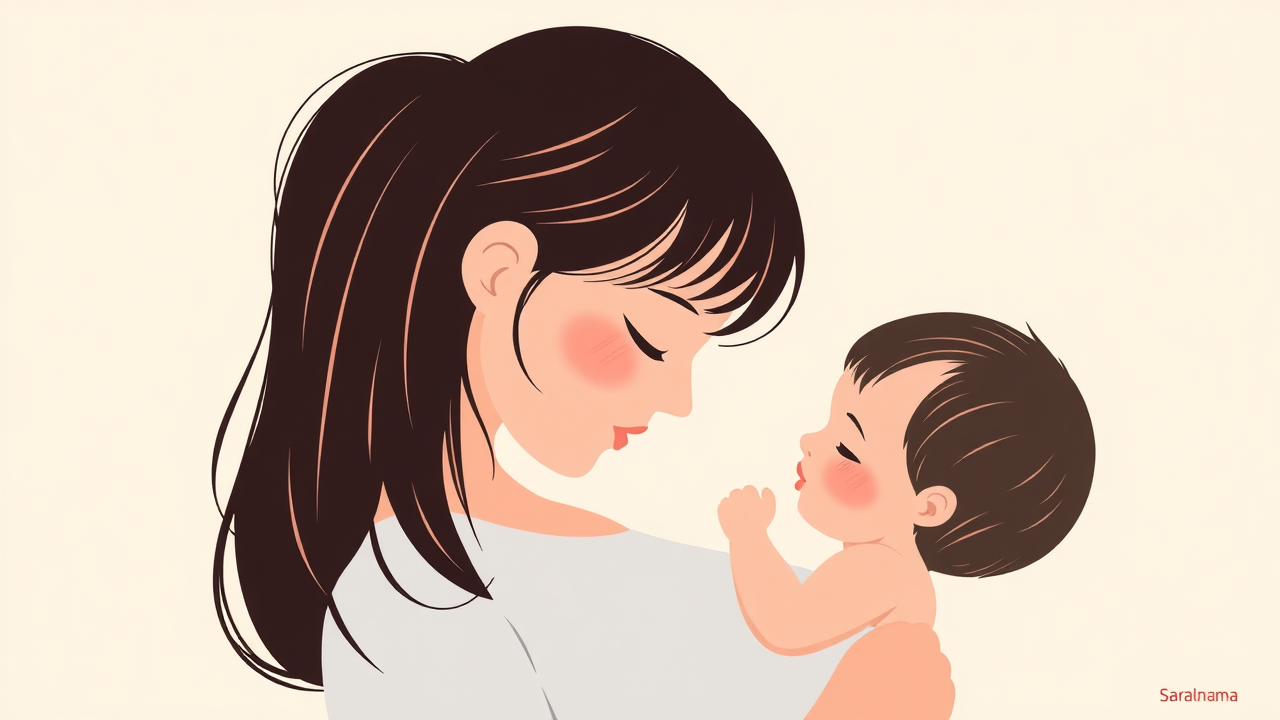American rapper Cardi B recently shared her challenging childbirth experiences during an appearance on The Breakfast Club while announcing her fourth pregnancy. The artist, whose real name is Belcalis Marlenis Almánzar, described how her second delivery was particularly difficult, saying the baby was too big and caused significant tearing. She required stitches after her first birth and recalled the painful recovery process. However, Cardi B noted that her third delivery was much easier, and she feels more prepared now due to her experience. Medical experts explain that tearing during childbirth can occur when vaginal tissues do not stretch sufficiently or when the baby descends quickly. Factors including baby size, labor speed, delivery position, and whether it is a first birth influence the likelihood of tearing. Many women find subsequent deliveries smoother as pelvic tissues become more flexible and cervical dilation occurs more readily.

Medical insights on childbirth recovery and tearing
Dr Gaana Sreenivas, obstetrician and gynaecologist at Bone and Birth Clinic and Rainbow Hospital, explains that tearing happens when the baby's head and shoulders stretch the vaginal opening and surrounding tissues. Instrument use like forceps or vacuum and prolonged labor can increase this risk. Recovery requires proper wound care, rest, and pain management. Warm sitz baths help keep the area clean and soothed, while ice packs reduce swelling within the first day. High fibre foods and adequate fluids prevent constipation, which is crucial for comfort. Pelvic floor exercises after a few days aid healing. Regular gynecologist follow-ups ensure stitches heal properly without infection.
Source: Link
